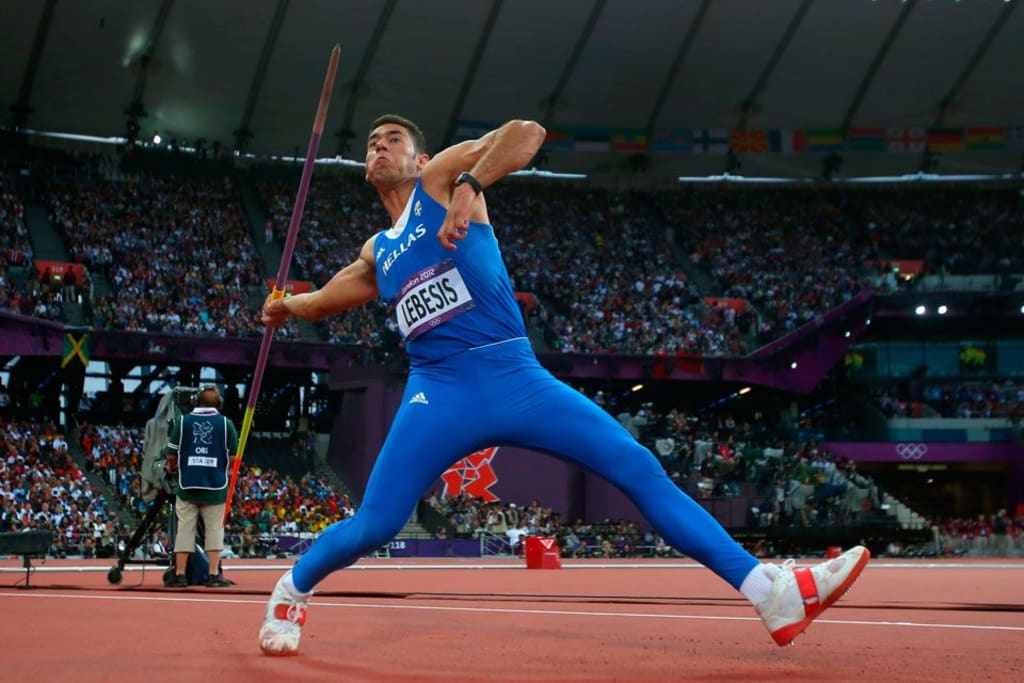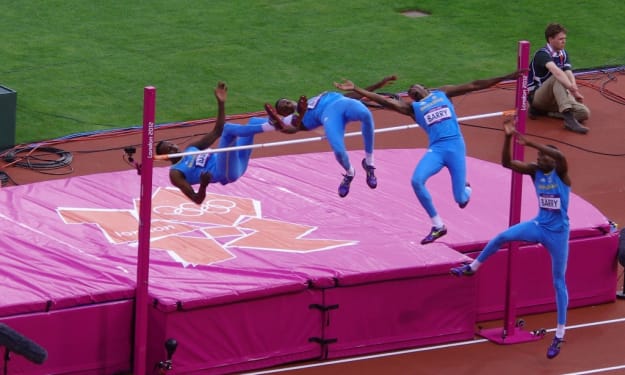
Introduction:
Javelin throw, an Olympic track and field event, is one of the oldest known sports in the world. Its origins can be traced back to ancient times, where it was practiced as a hunting technique and later developed into a competitive sport. The sport combines both precision and power, as athletes strive to launch a spear-like implement, known as a javelin, as far as possible. In this article, we will explore the history, technique, rules, and notable athletes of javelin throw, highlighting its unique qualities as a thrilling and captivating sport.
Historical Origins:
The roots of javelin throw can be found in ancient civilizations such as Egypt, Greece, and Rome. In ancient times, the javelin was primarily used as a hunting tool and later as a weapon in warfare. However, it soon evolved into a sport that was included in the ancient Olympic Games. The earliest recorded evidence of competitive javelin throwing dates back to the 7th century BC.
Technique and Equipment:
Javelin throw requires a combination of athleticism, strength, and technique. The athletes' objective is to launch the javelin as far as possible while maintaining control and precision. The standard javelin used in modern competitions is made of metal or carbon fiber, measuring around 2.7 to 2.8 meters in length for men and 2.2 to 2.3 meters for women.
The throwing technique involves a series of coordinated movements. The thrower starts by running within a specified area, building up speed and momentum. As they approach the throwing arc, the athlete initiates a complex sequence of actions: the approach, the crossover, the delivery, and the follow-through. The thrower must release the javelin before crossing a marked line, ensuring proper execution of the technique.
Rules and Scoring:
Javelin throw follows a set of specific rules to ensure fair competition. Athletes must throw the javelin from a marked throwing arc and land it within a designated sector, which is divided into three zones: the foul sector, the qualifying sector, and the best sector. A throw is considered a foul if the athlete steps over the throwing arc or if the javelin lands outside the sector boundaries.
Scoring is determined by the distance the javelin travels from the throwing arc to the point of impact. The athlete who achieves the longest throw within the valid sector is declared the winner. In case of a tie, the competitor with the second-longest throw takes precedence.
Notable Athletes:
Over the years, several athletes have left an indelible mark on the sport of javelin throw. Among them is Jan Zelezny, widely regarded as one of the greatest javelin throwers of all time. The Czech athlete won three Olympic gold medals and set multiple world records during his career. Another notable figure is Uwe Hohn, a German thrower who became the first and only athlete to surpass the 100-meter mark with a javelin throw in 1984.
Women's javelin throw has also seen remarkable athletes. Barbora Spotakova of the Czech Republic holds the world record in the women's javelin throw, achieving a distance of 72.28 meters in 2008. Her consistency and technical prowess have made her a dominant force in the sport, earning her two Olympic gold medals.
Popularity and Impact:
Javelin throw may not enjoy the same level of mainstream popularity as sports like football or basketball, but it continues to captivate audiences during major athletic events such as the Olympics and World Championships. The sport showcases a unique blend of strength, speed, and precision, attracting fans who appreciate the technical mastery and explosive power demonstrated by the athletes.
Furthermore, javelin throw has significant cultural and historical importance. It serves as a reminder of our ancient roots and the evolution of sports throughout history. The sport also acts as a symbol of national pride, as athletes compete on behalf of their countries, bringing glory and recognition to their respective nations.
Conclusion:
Javelin throw, an ancient art that has evolved into a modern-day athletic spectacle, combines raw power and refined technique in a captivating display of physical prowess. From its humble origins as a hunting technique to its inclusion in the Olympic Games, the sport has endured the test of time, captivating audiences worldwide. Javelin throw requires a unique set of skills and attributes, making it a challenging and thrilling discipline for both athletes and spectators alike. As the sport continues to evolve and push boundaries, it is sure to inspire future generations of athletes to test their limits and strive for greatness.
About the Creator
Niq Bean
Writing and photography are my hobbies and Vocal is the platform where I want to display both.






Comments
There are no comments for this story
Be the first to respond and start the conversation.